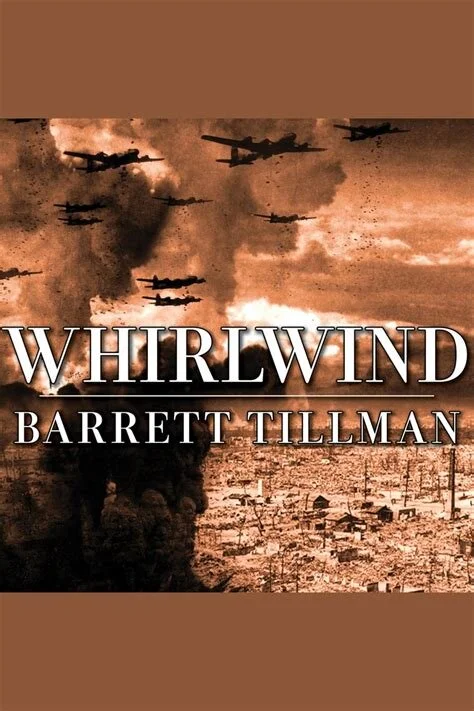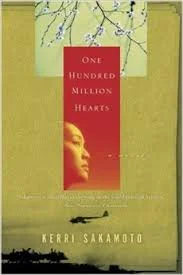Don A. Farrell's "ATOMIC BOMB ISLAND"
Book review by Dennis D. McDonald
The book’s subtitle: “Tinian, the Last Stage of the Manhattan Project, and the Dropping of the Atomic Bombs on Japan in World War II”
What makes this book unique is its focus on the role the tiny island of Tinian played in the Pacific War.
Books that focus on that war or on nuclear weapons development usually submerge Tinian in the context of military island-hopping to gain air bases close enough to Japan to serve as airfields for the B-29. They seldom provide detail other than Tinian’s service as a gigantic airfield.
This book instead focuses on the logistics not only of supporting the B-29 raids but on building a secure facility where newly developed nuclear weapons — “Fat Man” and “Little Boy” — could be assembled by teams of scientists and engineers transplanted from the US.
Farrell employs a timeline based narrative. What becomes clear is how tightly intertwined events as far away as Truman’s negotiations in Potsdam were with events associated with building and moving the bombs to Tinian.
One of the author’s major accomplishments here is his making sense of the extremely complex logistics involved in creating a massive and secure facility where groundbreaking experimental technologies could be managed and supported. Issues associated with scheduling, transportation, security, bureaucracy, construction, chain of command, training, and communications are clearly delineated. But we never lose sight of the pressure to complete the bombs in order to bring the war to a conclusion.
The author definitely does have a perspective about the use of the atomic bombs on Japan. He downplays what he refers to as “revisionist historians’” claims that the bombs were used to prevent the Russians from entering the war — which they were in fact ready to do in late August of 1945. The author focuses instead on ending the war. He references not only preventing the “million deaths” the planned invasion of Japan would have caused but also on ending the war as soon as possible in order to stop the 5,000 war related deaths per day that were occurring.
There will be debates about using the bomb on Japan forever. That’s good. Books like this one are valuable since they provide realistic and down to earth descriptions of what people were dealing with at the time. They also describe a time when a nation had the wherewithal to gather “the best and the brightest” from around the world to solve almost insurmountable technical and logistics challenges.
While we have become used to the many modern technological marvels that are integral parts of our daily lives, back then they worked with slide rules, vacuum tubes, unreliable radial aircraft engines, and carbon paper. But they got the job done and the war was brought to a close.
Review copyright (c) 2021 by Dennis D. McDonald














